Review: 2015 GMC Yukon SLT

Until a decade or so, if you wanted a three-row SUV your choices were pretty much limited to body-on-frame offerings, most of which were related to a pickup truck. But now, even GM’s own GMT960s (Enclave, Acadia), provide similar amount of interior space to this Yukon. Furthermore, they are less expensive, more efficient, and easier to drive. It’s possible to argue that the biggest, if not the only, advantage of these body-on-frame V8-powered SUVs is their towing ability.
So why do GM, Ford, Nissan, and Toyota still bother with these dinosaurs?
The simple answer is because people are buying them. Spend time on this nation’s roads this summer and you’ll see full-size SUVs loaded up with summer essentials, often towing boats, campers, or project cars. The merits of three-row unibody “trucks” aside, a full-size V8-powered SUV still holds appeal for many consumers.
Climb into the driver’s seat of this Yukon SLT 4×4 and prepare to be overwhelmed. Surrounding you, the driver, are:
- 37 dash buttons,
- 8 dash knobs,
- 13 steering wheel buttons,
- 13 door buttons,
- 6 gauges,
- 2 screens,
- 1 shifter with a button,
- 1 multi-functional stalk,
- 3 toggle switches
- 8 roof buttons,
- 2 12v receptacles,
- 4 USB ports and
It’s not as bad as it sounds, since many of those buttons are for secondary controls. That said, many of those secondary buttons could be combined with others or simply eliminated. Even grouping them to one area that’s hidden from view (Lexus does that) would visually clean up the interior. In daily driving, however, where most drivers just switch between presets, drink coffee, occasionally input a destination, take a phone call, or vary the temperature setting by a few degrees, the interior layout will suit most people just fine. Perhaps the center screen could be positioned more toward the driver as opposed to being in the middle of the very wide dash.
Where the interior does fall a bit short is in the quality of materials used. Self-appointed plastics experts will rightfully complain about flimsy feeling panels and a lack of soft-touch materials. The leather, with its contrasting stitching, a mark of luxury de jour, also does not seem soft or of high quality. A GMC is supposed to feel better than a Chevy but not as good as a Caddy. In the case of this particular GMC, the interior still seems average at best.
GM’s biggest challenge seemed to be designing the two rows of rear seats. To be safe and comfortable, the seats have to be big. Buyers also want the functionality of a flat cargo floor. Furthermore, no one wants to pull heavy seats out of vehicles anymore, therefore the seats have to fold flat. In addition to all that, the middle row had to provide easy access to the third row, making the final design both complicated and compromised.
The solution to this was to raise the floor in the rear section of the vehicle, creating a compartment in the back, and making it even with the level of the folded third row. The middle row, (captain’s chairs in this tester, but a bench is available), is even with the third row when folded. This makes for a flat loading floor but takes away from overall cargo volume. The third row folds and raises with a push of a button. The middle row folds down with a push of a button, or via a lever, but needs to be raised manually. The middle seats also fold and tumble forward for passenger access to the third row. Nissan has a much nicer solution in its Pathfinder that even allows a rear-facing baby seat to remain in place when the seat is folded forward.
The power hatch has two settings: fully open or three-quarters open, to avoid potential impact with a garage roof. The rear window also opens independently of the hatch which is handy for dropping small things into the cargo area. The problem with that window is that it is only fourteen inches high, a relatively small opening for such a big vehicle. With the third row seats folded, the cargo area is generous. 12v outlets, cubbies, covered storage bin, and cargo tie down hooks further increase the functionality, but there is no cargo cover.
Notice the raised floor from the bottom of the the tailgate opening. Ignore the crib.
This Yukon is one of the quietest SUVs I have ever driven; wind noise and engine noise are basically absent, surprising given its large surface area and upright design. Gone, too, is the V8 burble. The ride is very smooth and it takes a sizable pothole to jolt the passengers. One of Yukon’s drawbacks is visibility; both A- and D- pillars are very thick, windows are relatively short, side mirrors are small, and when the optional rear entertainment screen is opened it completely blocks the inside rear view mirror. There are blind spot sensors, parking sensors, and a backup camera, but no surround view display, which would be very beneficial.
The Yukon, when equipped with the Max Trailering Package (ref. code NHT), is rated to tow 8200lbs (8500lbs for 2WD models). The package includes a 3.42 axle ratio, trailer brake controller, a self-leveling suspension, and a 2” receiver with a 7-pin connector. The receiver is hidden behind a cover which is held by two wing nuts. Roof rails are standard on the SLT.
Despite the rugged looks and a 22” step-in-height, the ground clearance is only eight inches, but the front air dam looks even closer to the ground. The twenty inch polished wheels are wrapped around in 275/55-20 Continental all-season tires that say “EcoPlus Technology” on them. While they seemed great on the highway I would not venture too far off pavement.
EcoTec3 is the new series of GM’s V6 and V8 engines. The Yukon is powered by a 5.3-liter V8 version which produces 355 horsepower and 383 lb.-ft. of torque. The OHV engine is sporting new(-ish) technologies such as direct fuel injection, cylinder deactivation, and variable valve timing, and mated to a 6-speed automatic transmission. Loaded up with my family and a day’s worth of kids’ stuff, the engine pushed the 5700lb vehicle effortlessly in all situations but struggled to achieve 15mpg in heavy-footed mixed city/highway driving, short of EPA’s rating of 16 city, 22 highway mpg. Those wishing for more power can step up to the Denali and its 6.2-liter 420hp/460tq engine.
For 2015, the Yukon SLE 2WD starts at $47,330. The starting price for this SLT 4WD is $57,735. The Sun and Entertainment Package which consists of a sunroof, nav system, and rear seat DVD player (component input but no HDMI) adds $3255, less a $500 credit. 20″ wheels add $1400, second row bucket seats are $590. The Max Trailering Package is a bargain of the bunch at $650, and an alarm is $395. Total MSRP with destination charge for the reviewed Yukon is $64,520.
For comparison, an equally loaded up Nissan Armada Platinum is $56,395 and its fancier Infiniti QX80 cousin is $80,245. A Toyota Sequoia is $65,410 and a Ford Expedition Limited is $61,113, all more or less equally loaded.
Yikes! That’s a lot of money, particularly when compared to the Pilots and Highlanders of the world. How much do you really want one of these? Enough to pay 5 Series money? Not to worry; if you’re not interested, someone else will be, and they’ll be tailgating you on the freeway shortly.
Kamil Kaluski is the east coast editor for Hooniverse.com. Read his ramblings on eastern European cars, $500 racers, and other miscellaneous car stuff there.
General Motors provided the vehicle for this review.

More by Kamil Kaluski
Latest Car Reviews
Read moreLatest Product Reviews
Read moreRecent Comments
- Dave M. My sweet spot is $40k (loaded) with 450 mile range.
- Master Baiter Mass adoption of EVs will require:[list=1][*]400 miles of legitimate range at 80 MPH at 100°F with the AC on, or at -10°F with the cabin heated to 72°F. [/*][*]Wide availability of 500+ kW fast chargers that are working and available even on busy holidays, along interstates where people drive on road trips. [/*][*]Wide availability of level 2 chargers at apartments and on-street in urban settings where people park on the street. [/*][*]Comparable purchase price to ICE vehicle. [/*][/list=1]
- Master Baiter Another bro-dozer soon to be terrorizing suburban streets near you...
- Wolfwagen NO. Im not looking to own an EV until:1. Charge times from 25% - 100% are equal to what it takes to fill up an ICE vehicle and 2. until the USA proves we have enough power supply so as not to risk the entire grid going down when millions of people come home from work and plug their vehicles in the middle of a heat wave with feel-like temps over 100.
- Kwik_Shift_Pro4X Where's the mpg?

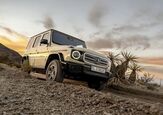
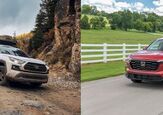
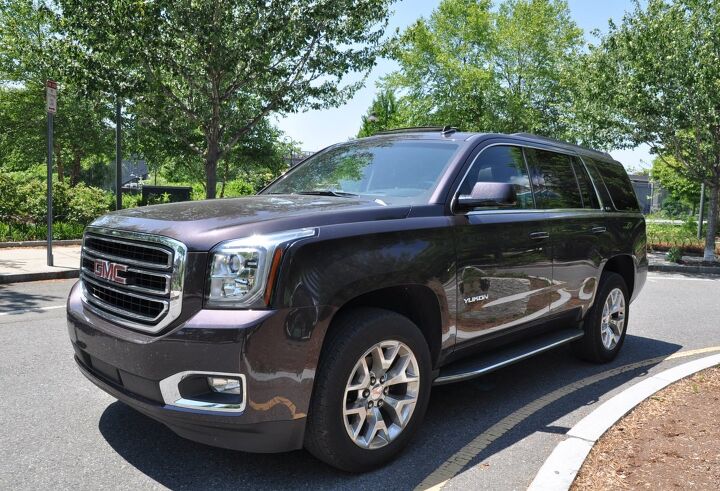


















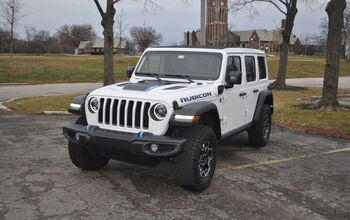
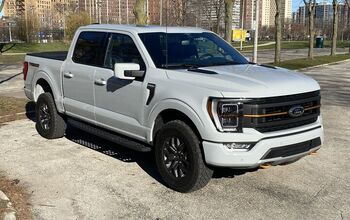
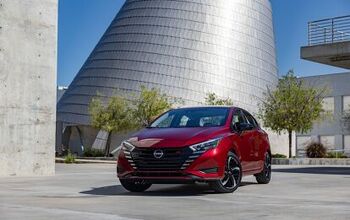
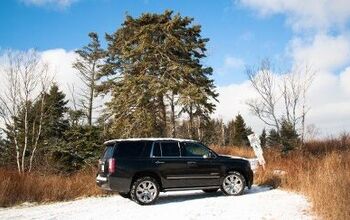
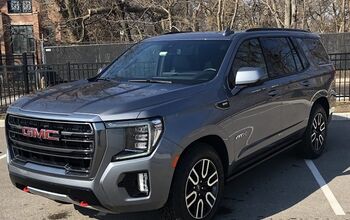
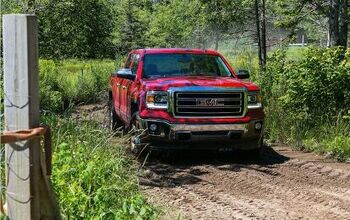
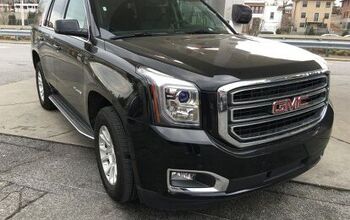
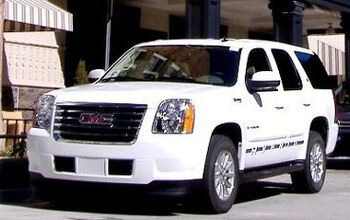
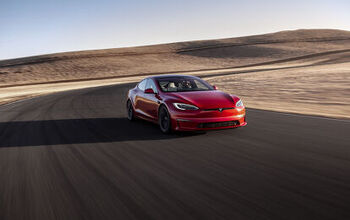

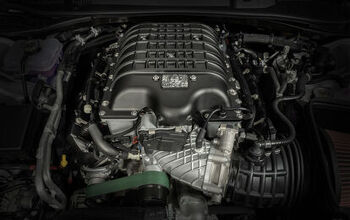
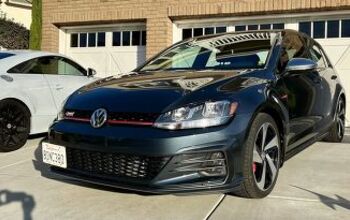
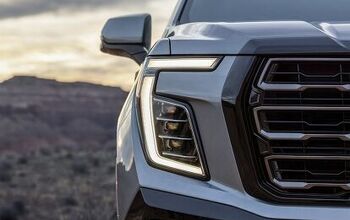

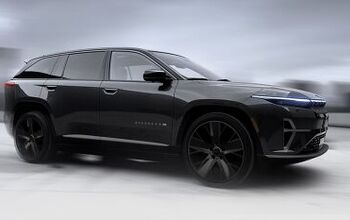

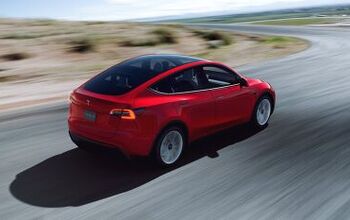
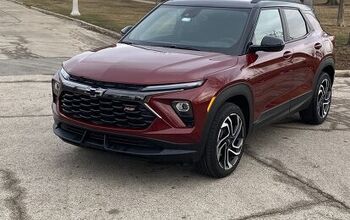
Comments
Join the conversation
I'm an actual buyer/owner of these trucks, specifically the Suburban. I do use it to tow, but I'd probably buy it anyways. My commute to work consists of various modes of public transit, so my personal vehicle mostly serves for errands and frequent road trips. I unquestionably find them well worth paying 5-series money for. I'll address some of the common themes in this thread. First I'd like to point out one of the biggest benefits of a Suburban for me. What most people don't realize about these beasts is just how airy and open these big BOF GM's are inside. They have a high roof and a low beltline (like 80s's sedan low) and a very wide interior. That leads to an interior that feels bright and airy. The visibility is excellent and there's certainly no DLO fail. Its a small thing you don't notice on a spec sheet that makes a ton of difference on the road. Secondly these beasts are 81" wide. That's means nothing (other than full-size trucks) can compete with them on shoulder and hip room. Now onto the complaints... "An Acadia/Traverse/Pilot handles/rides/drives better and is more efficient/affordable" I've test driven an Acadia and a new Ford Explorer and I've been in a Honda Pilot. They're not the same. They feel insubstantial in comparison. The ride quality of the Suburban is better than anything for road trips. Its ride quality is comparable to a Town Car with less float. It absorbs bumps and road imperfections without transmitting them to your spine, but also doesn't float or undulate. The Pilot's and Acadia's ride struck me as choppy/bouncy with the Ford being even worse. All of them lack the interior room of a Suburban. You can put 4/8 sheets of plywood in a Suburban. Try that in a Pilot. When you're using all three rows the Suburban's cargo area is absolutely massive versus an Acadia, and even more so vs a Pilot Lastly all of the vehicles are Transverse A/FWD. The Suburban is longitudinal 4/RWD. I vastly prefer RWD and a longitudinal engine. In fact its my most basic requirement for a vehicle. Apart from the Acadia they all have swoopy aero styling, which I personally fine repulsive. I like more upright traditional Detroit styling with long flat hoods you can see over and flat/low beltlines. "What about the Dodge Durango?" I'm a Durango fan. It checks off many of the Suburban's boxes: a torquey V8, longitudinal engine with RWD, masculine styling, and can tow a substantial amount. The R/T package also has excellent handling for a big SUV. However it has three big demerits versus the Suburban for me: 1) the ride quality is MUCH harder, 2) substantially less interior room, 3) the beltline is relatively high and roof relatively low. It feels more intimate and cave-like than a Suburban. There's also no chance of fitting 7 people plus their luggage, something the Suburban does quite well. "A minivan has twice the space at 1/2 the price" Compare to a Tahoe, yes. Compared to a Suburban, less so. A minivan may offer more cubic feet (low floor + high roof = space) but it doesn't offer the length. It has less usable space than a Suburban with all three rows occupied. The minivan offers nearly identical second row legroom, but less third row legroom and less cargo area. The Suburban just has more room. When I travel with family I rent minivans. The Toyota Sienna is not only roomy, but has a reasonable price tag and comfortable interior. However the ride quality is hard, the NVH is meh, and torque steer abounds. The Chrysler T&C torque steers even worse, though its handling is shocking for a minivan. The Suburban is simply far more enjoyable to drive. Its smoother, quieter, and rides better than any minivan I've ever been in. Additionally all minivans are FWD. "At that price might as well get a GL" At the price of a GL the GM SUVs are massively loaded. You can get a Tahoe LS for $45k. Additionally the GM SUVs are rock solid reliable and will last for as long as you care to own it. I put over 80,000 miles on my first GMT900 with nothing besides routine maintenance and wear items. Should you get unlucky and develop a problem, GM's SUVs are inexpensive to repair, the Merc? Not so much. Then there's the simple fact that they're simply not competitors. The GL is substantially smaller than a Suburban, its more the size of the last BOF Explorer. "insert midsize CUV here has as much second row legroom" Yup. Midsize CUVs have colossal legroom. A GMC Terrain has 40" of rear legroom. Take that S-class! Now seat three adults in that row... All joking aside midsize CUVs like Terrain, Rav4, etc are fantastic vehicles and I often recommend the class to people who ask my advice as to what car to get. They offer similar fuel economy to a midsized sedan with more interior and cargo room along with better ingress/egress for older relatives and a perfect height for loading/unloading children. For many people they're the best choice of vehicle. Its just a same they're so uninteresting to drive. That all said I don't expect my Suburban to have substantially better second row legroom. It's designed to provide three rows of seating AND a decent cargo area. Physics is physics, the Suburban is x inches long, and its RWD, there's only so much length to divvy up.
The air dam / spoiler bugs me, although I believe it's in deference to fuel economy. I bet GMC offers a dealer-installed kit that takes that useless bit of plastic out. Front bumpers seem to be nearing ground level in most new cars and trucks. Sure, they're not going offroad, but they are hitting speed bumps and steep driveways, and that's a painted surface that's going to get scuffed within months.